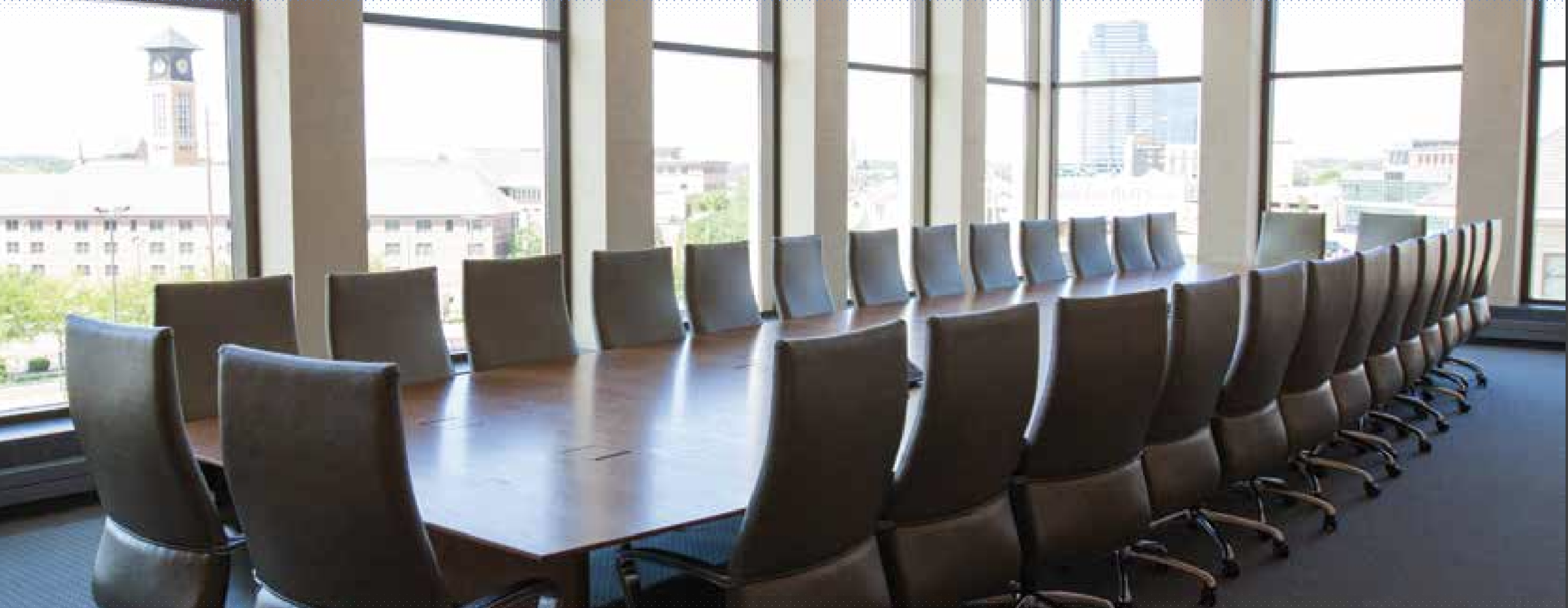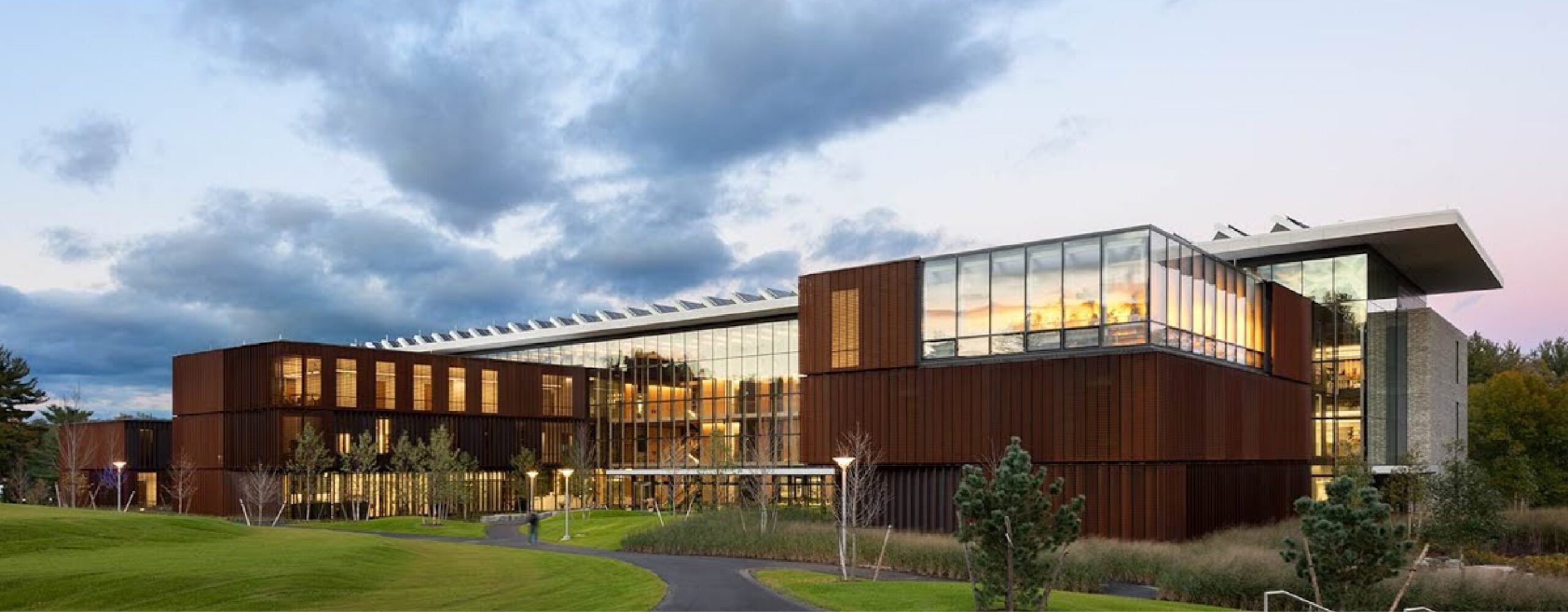Efficient Humidification Solutions for Sustainable Campus Development
Universities
“MeeFog is a wonderful system. First time we used it was in 2002 for a laboratory, and with the purified water you don’t get the buildup of crystals and other things that can come from steam.” — James R. Moyer, Associate Vice President for Facilities Planning
Grand Valley State University, Grand Rapids, Michigan
As the Associate Vice President for Facilities Planning, James Moyer is responsible for balancing the needs of the university with its available funds, whether coming from tuition, the state or private donors. One of the challenges is to control energy costs. He points out that a university operates under a relatively fixed income scenario since the tuitions and state funding are set well in advance. Designing more efficiency into a building shifts part of the energy cost to an initial capital expenditure, reducing the risk of later energy price fluctuations. This decision to reduce energy costs led the university to construct its first LEED building in 2004 which was a very difficult process considering it was also the first for its design firm. But that didn’t mean the university would abandon its energy efficiency efforts. In fact, it set LEED Silver as the standard for all its new buildings. But it wasn’t going to prioritize energy efficiency over all else.
Challenge:
Grand Valley State University was constructing a new four-story building to house its Business College. It needed a centralized humidification system that would service six air handlers distributed throughout the building.
Solution:
A single MeeFog humidification system was installed in the mechanical room, with pipes distributing the pressurized water to fogging nozzle arrays inside each air handler.
The Installation
The three Fulton condensing boilers, the York chiller, the condensing pumps, the chilled water pumps, the heating water pumps and the MeeFog humidification system are all installed in a common mechanical room on the fourth floor. To prevent noise transfer, the mechanical room is on a floating slab. There are six York Solution Unit AHUs throughout the building, using chilled water from the single chiller with a full airside economizer to reduce its usage by providing free cooling with outside air. There are 168 VAV boxes with about 1500 grills, registers and diffusers. Dual fans are used in the AHUs to reduce noise and there are sound attenuators in the ductwork to keep air noise to a minimum. Boerman initially looked at installing a steam humidification system, but couldn’t make it work with the building design. After talking with Paul McWatters, president of Macaire, Inc., he decided to go with a MeeFog system. “I had never done a central humidification system like this,” says Boerman. “We skid mounted the humidification system and distributed piping to all the air handlers in the building.” Although this arrangement was new to Boerman, it wasn’t to GVSU which uses fogging humidification in five of its buildings. “MeeFog is a wonderful system,” says Moyer. “First time we used it was in 2002 for a laboratory, and with the purified water you don’t get the buildup of crystals and other things that can come from steam.”
The MeeFog system uses high-pressure pumps to pressurize purified water and send it to an array of specially designed impaction-pin fog nozzles located in the air handlers. There the nozzles atomize the water into minute droplets in the 10 micron range which immediately evaporate. The system uses a fraction of the energy required to generate steam and cuts maintenance costs.
“The MeeFog system requires a lot less maintenance than a steam based system,” says Moyer, “and it can respond quickly to the requirements of the building.” The MeeFog system also uses waste heat in the return air to evaporate the fog so the energy consumption is much less than steam humidifiers.
Providing Clean Humidification At GVSU, MeeFog humidification is primarily used during the winter, when the relative humidity can drop to 10%, but it can also be used to maintain tight humidity control year round in laboratories as well in galleries and theaters where dry air can damage artwork or musical instruments. In the Seidman Center, the MeeFog system was first put to use during construction. The walls are lined with beautiful maple laminates, which could be damaged by low humidity. According to Ken Myers of Quality Air, in order to maintain indoor air quality during the extensive millwork phase, the air handlers were run using 100% outside air and MERV13 filtration to keep particles from building up in the ducts, or on the walls and ceilings. Humidity was needed both for occupant health and to preserve the construction materials.
“They are able to maintain tight control over the humidity,” says McWatters, “and with the purified water going to the nozzles it keeps the wood dust free.”
Learn more about the reliable and energy-efficient humidification system we installed at GVSU.
Ask us how we can help enhance energy efficiency and reduce maintenance costs with MeeFog’s advanced humidification systems.



